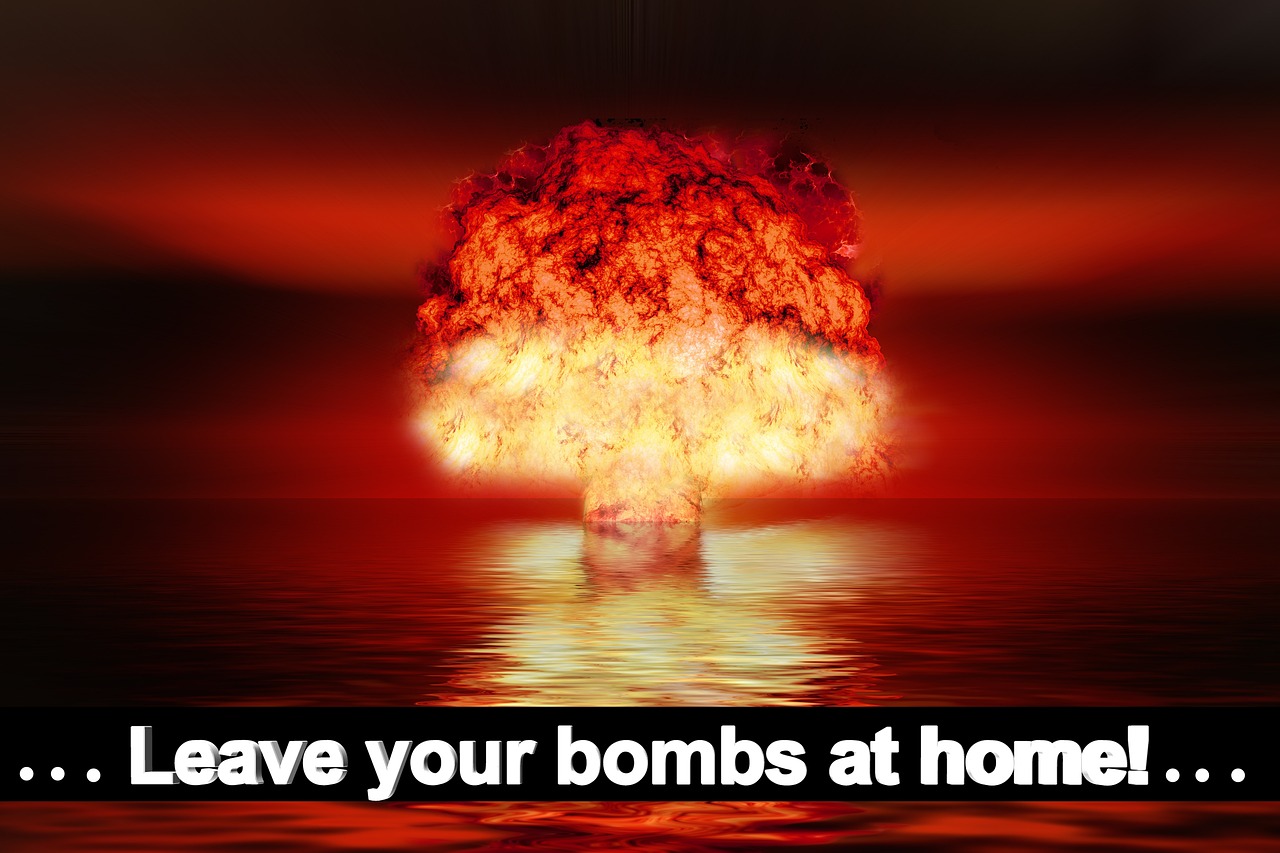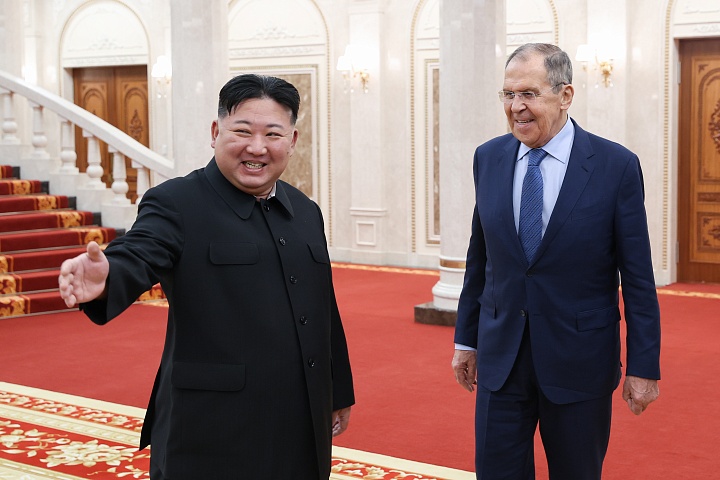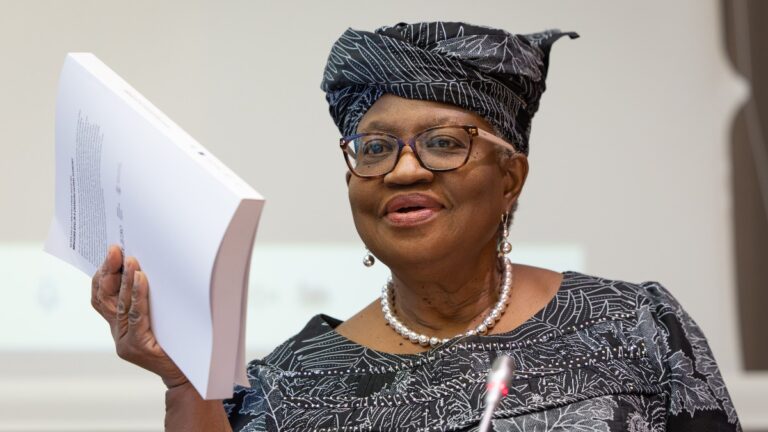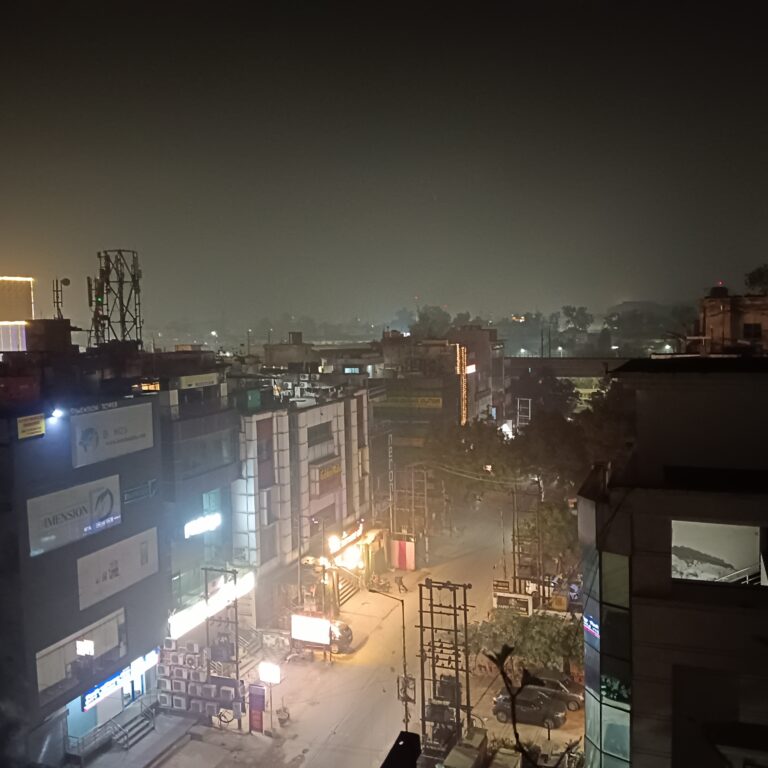
Washington/Pyongyang/Moscow: While “confirming” the completion of weapons deliveries between Russia and the Democratic People’s Republic of Korea (DPRK – North Korea), the United States, Japan and South Korea today expressed their concerns over the potential for any transfer of nuclear- or ballistic missile-related technology to Pyongyang.
The three foreign ministers warned that the provision of military equipment and munitions by North Korea to Russia for use against the government and people of Ukraine “will significantly increase the human toll of Russia’s war of aggression”.
In a joint statement today, US Secretary of State Antony J. Blinken, Japanese Foreign Minister Kamikawa Yoko, and South Korean Foreign Minister Park Jin warned that such transfers would jeopardize the ongoing efforts of the international community to keep sensitive technologies out of the hands of actors “who are working to destabilize regional security, threaten peace and stability on the Korean Peninsula as well as across the globe”, and necessitate “renewed efforts to respond appropriately across all elements of our national power” to the advancing North Korean weapons of mass destruction (WMD) threat.
“We are monitoring closely for any materials that Russia provides to the DPRK in support of Pyongyang’s military objectives,” they stated while claiming that in return for its support to Russia, the DPRK was seeking military assistance to advance its own military capabilities.
They further emphasized that arms transfers to or from North Korea – as well as the transfer to North Korea of certain items and technical cooperation related to its weapons of mass destruction, ballistic missile, or conventional weapons programmes, – would violate multiple UN Security Council resolutions. “Russia itself voted for the UN Security Council resolutions that contain these restrictions,” they said and urged both Moscow and Pyongyang to abide by relevant UN Security Council resolutions and immediately cease all activities that violate them.
“We will continue to work together with the international community to expose Russia’s attempts to acquire military equipment from the DPRK [Democratic People’s Republic of Korea or North Korea),” they vowed.
The three foreign ministers said they remain resolved to support Ukraine’s sovereignty and its efforts to counter the effects of Russia’s war of aggression in the face of Moscow’s attempt to prolong the war with assistance from the DPRK – “The United States, Japan, and the ROK [Republic of Korea or South Korea] stand together, resolute in our opposition to arms transfers and related military cooperation between the DPRK and Russia and the deleterious effect such actions have on global security and nonproliferation.”

Earlier on October 19, 2023, Russian Foreign Minister Sergey Lavrov was in Pyongyang where he met North Korea’s President Kim Jong Un and also held “detailed and specific talks” with his North Korean counterpart Choe Son-hui. They also discussed their bilateral ties “in all their aspects” in the follow-up to the agreements between the two countries on the regional and international agendas, during Kim’s visit to Russia last month. While talking to the media in Pyongyang, Lavrov said, “We reaffirmed our appreciation of Pyongyang’s stance on the developments in and around Ukraine. Our partners reaffirmed their principled support for the Russian Federation’s steps to repel the aggression unleashed against us by the US-led Western group, which is using Ukraine as a tool.” He also mentioned that his discussions also focussed on the situation on the Korean Peninsula. “Like our North Korean friends, we are seriously concerned about the United States, Japan and South Korea’s growing military activity in the region, as well as about Washington’s policy aimed at transferring parts of its strategic infrastructure, including nuclear components, to the region”.
Yesterday, Russian President Vladimir Putin, who is also the Supreme Commander-in-Chief of the Russian Federation Armed Forces, led a training exercise that involved the forces and resources of the ground, sea and air components of Russia’s nuclear deterrence forces. Kremlin stated that the exercise included practical launches of ballistic and cruise missiles, including the launch of a Yars intercontinental ballistic missile from the Plesetsk state testing cosmodrome to hit the Kura training ground in Kamchatka. Besides, a Sineva ballistic missile was also launched from the Tula strategic nuclear missile submarine in the Barents Sea. The training exercise also involved Tu-95MS long-range aircraft, which fired air-launched cruise missiles. The practical launches were controlled from the National Defence Control Centre of the Russian Federation.
“The purpose of the training exercise was to check the level of preparedness of military command bodies, as well as the skill of the leadership and operational personnel in managing the troops (forces) under their command,” Kremlin stated.
– global bihari bureau





